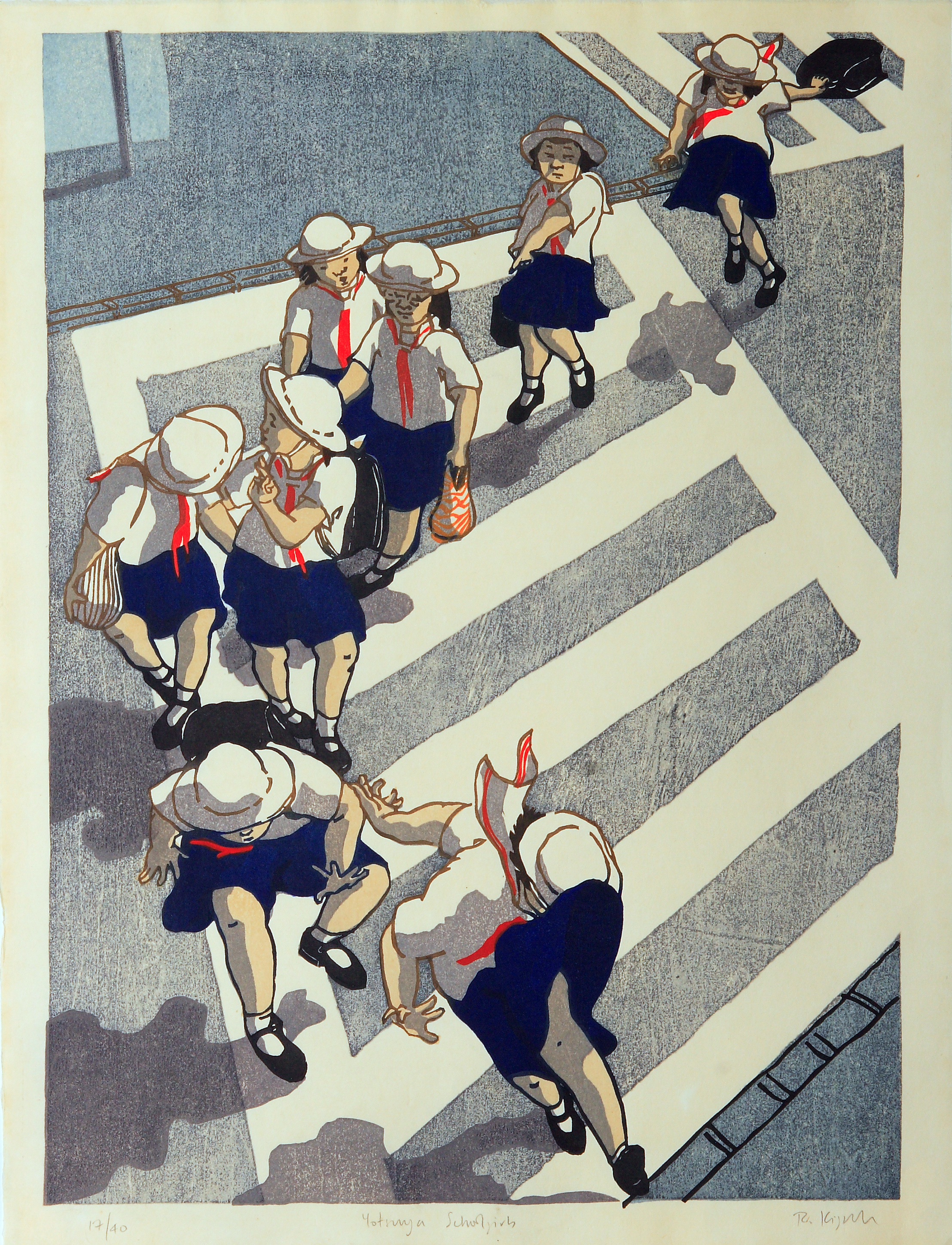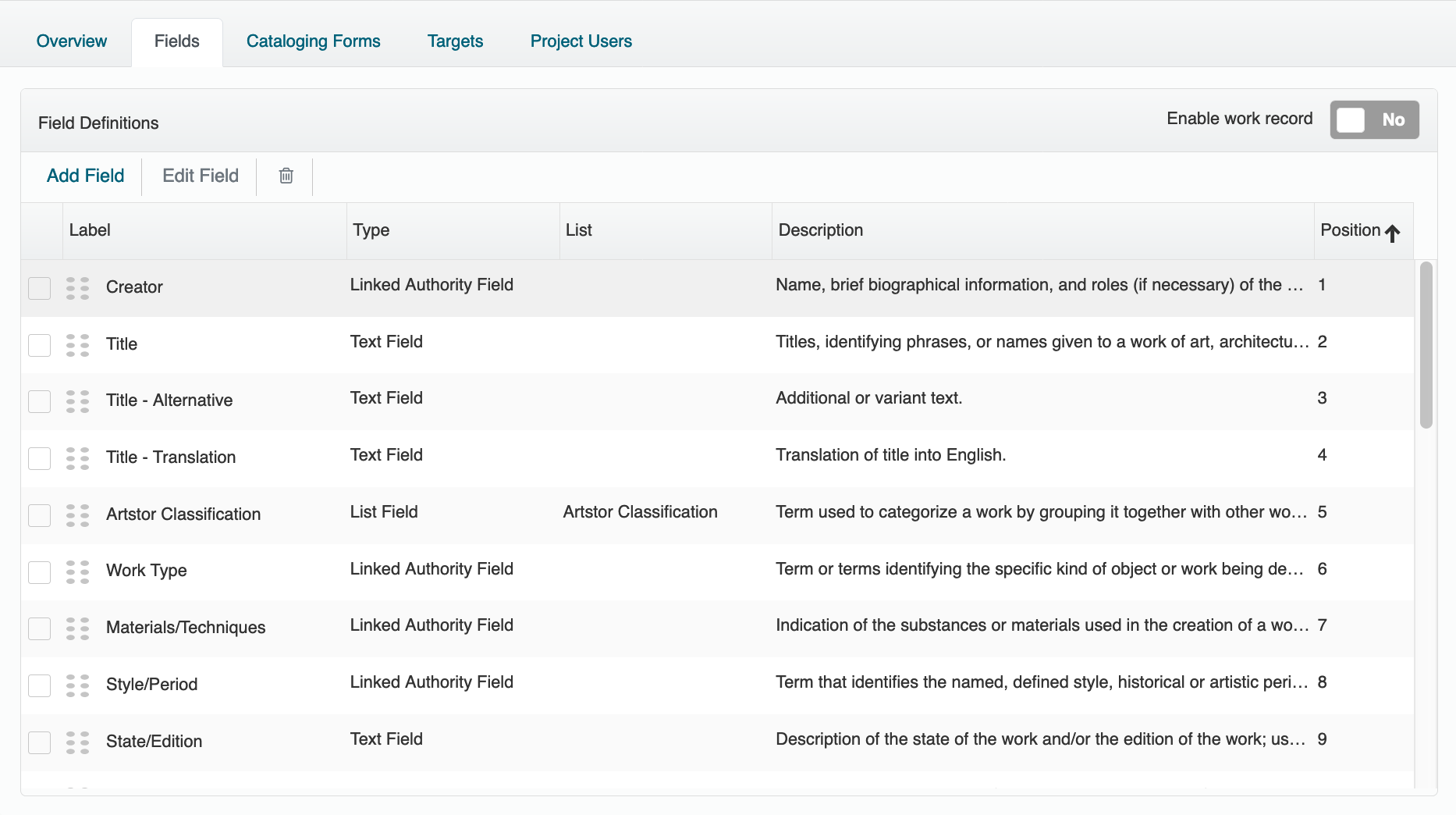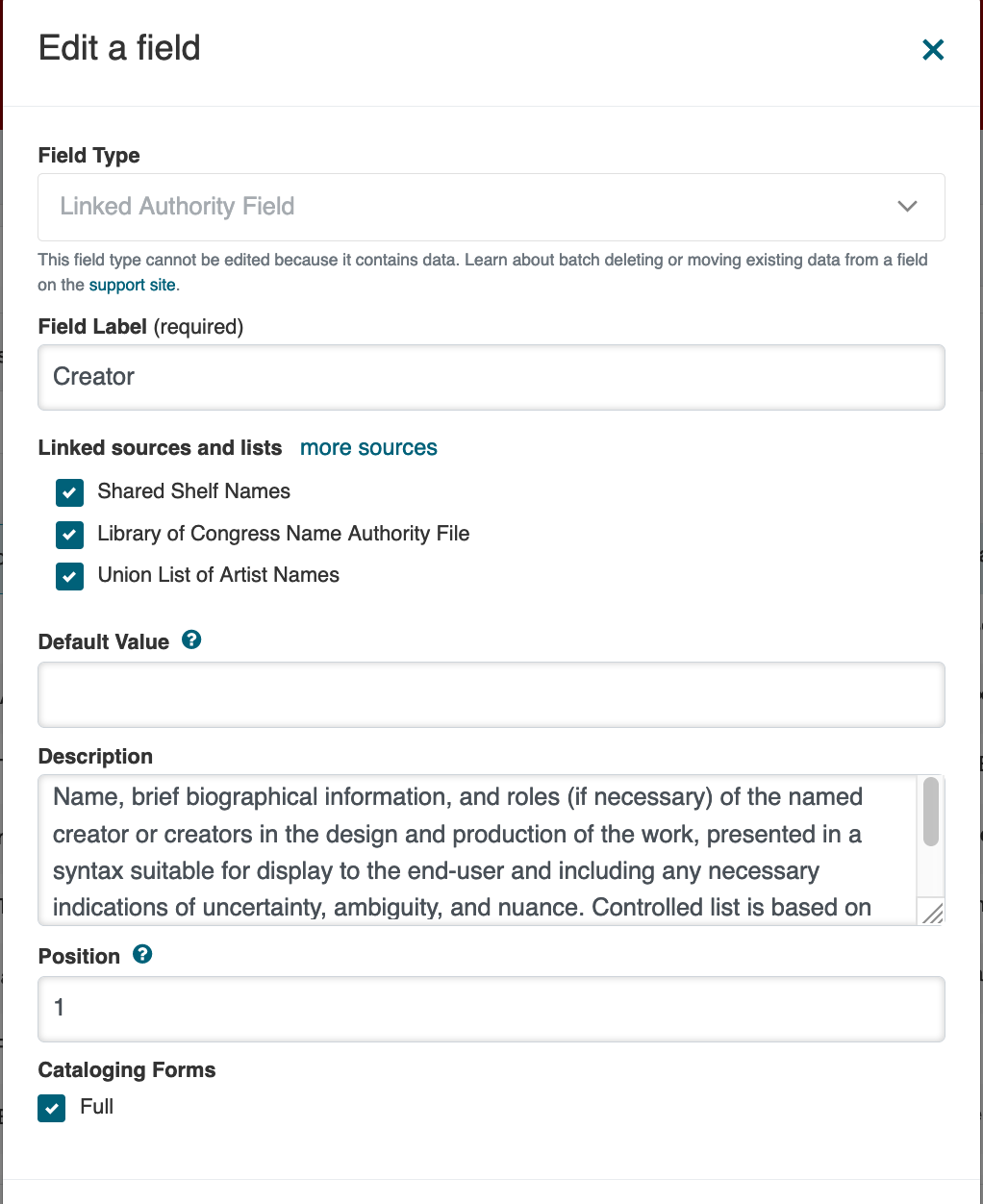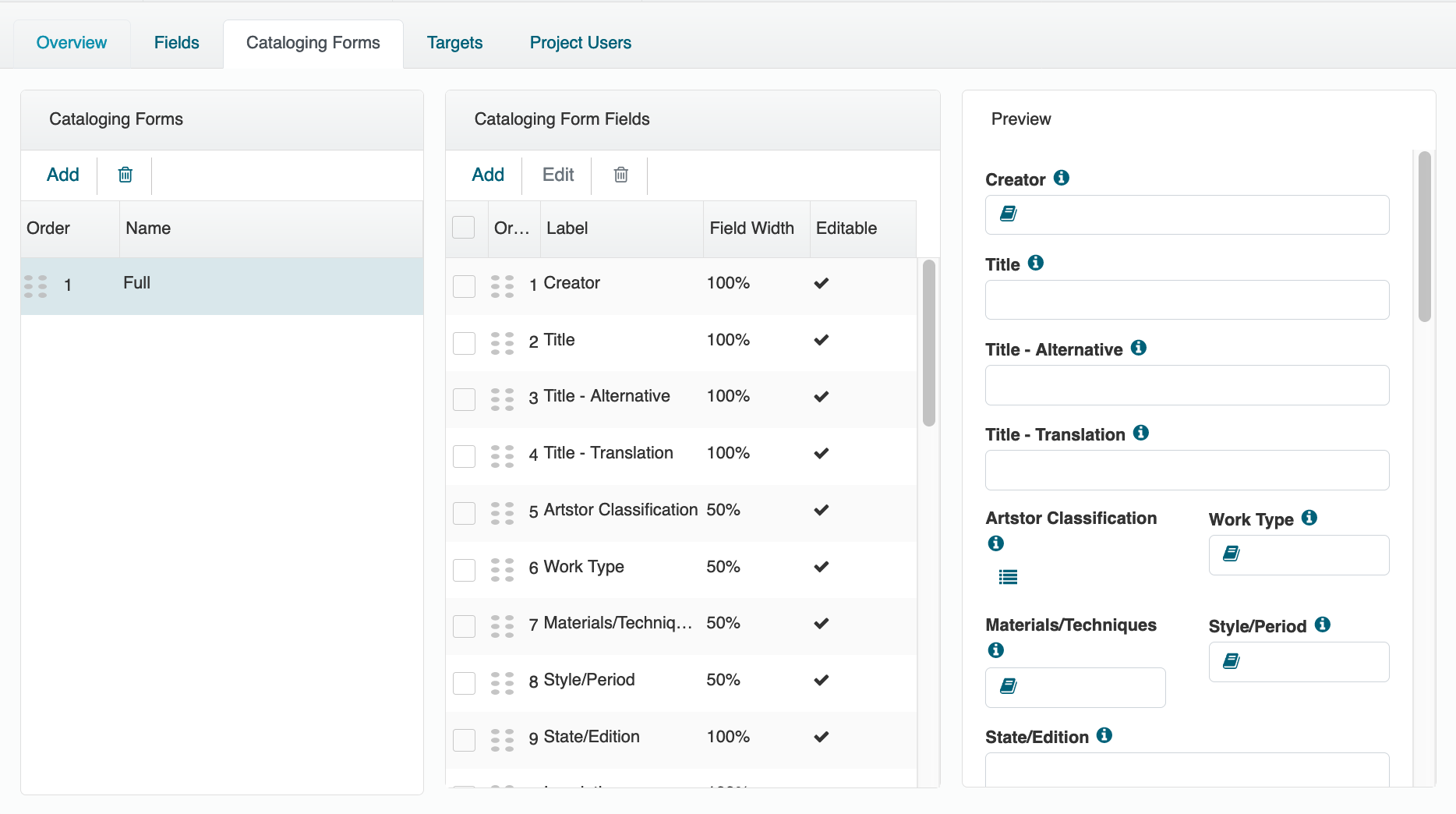Working from home during the COVID-19 crisis: Post #1
- Published
- in all
Amidst the COVID-19 crisis, I’ve decided to write about some of the work I’m doing for St. Lawrence University, where I serve as gallery director. I’m hoping I’ll still write about street art stickers here on Stickerkitty, but I’ve been too distracted lately to put my energies there. I’ve also decided to post some materials I’ve compiled over the past few years on family history, especially regarding my father, Rev. Dr. Duane W. Smith, who was active in the U.S. civil rights, women’s rights, and prison reform movements throughout his life. I’ve debated on posting about my dad for several months, and not sure if this was the right forum for it, but now seems like a good time to do so. More on that to follow later.
Non-essential SLU employees were directed to work from home as of Monday, March 23, though the University was on spring break the week before, so things were already pretty quiet on campus. Given that the gallery will now be physically closed until at least June, I’ve decided that the gallery staff (me and Carole Mathey, the assistant director) will focus on three things: digital collection projects (with help from Arline Wolfe, the library’s arts metadata technician), helping the art & art history department’s senior “exhibition,” and student and faculty engagement through social media. This is a version of an email I sent to my supervisor, the dean of academic affairs, last week:
- Earlier this year, Jstor contacted me and Eric Williams-Bergen about publishing the Street Art Graphics (SAG) digital archive directly to Jstor (in addition to it currently being published in Artstor and the Digital Public Library of America (DPLA). SLU would be one of the early image contributors to Jstor. They have now set everything up for me to do this, which I’ll be working on this week.
- I’m adding French language stickers to the SAG archive for an upcoming assignment in Eloise Brezault’s FR102 class. This follows assignments that Marina Llorente and Brook Henkel have done previously in other Modern Languages courses (specifically Spanish and German).
- The gallery will also publish the ~70 confocal images from Steven White’s and Jill Pflugheber’s Microcosms exhibition in Jstor, Artstor, and the DPLA. This is an important collection in terms of content that is unparalleled internationally. I anticipate a high degree of interest from the science/art community over this collection. Since it’s an entirely new collection, it’s going to take a little time to figure out metadata fields, etc., but totally do-able. [Steve teaches in Modern Languages and Jill teaches in the Biology department.]
- As mentioned in a previous email, we’re also creating a new Japanese Ukiyo-e and Mokuhanga Prints image collection for Melissa Schulenberg’s printmaking and First-Year Seminar students. The collection will be based on prints in SLU’s permanent collection.
- We’re also helping Sarah Knobel with her SYE “exhibition,” though we’re not sure yet what platform will be used.
Focusing first on the Japanese print collection, I spent a few days last week compiling a “data dictionary and cataloguing guide,” based on templates created by the Visual Resources Association and Artstor. We can also add customized metadata fields as needed. The dictionary and guide is included at the end of this post.

water-based woodcut print on tosa kozo; mokuhanga, SLU 2013.19
Yesterday, I configured the metadata fields in Jstor Forum, the cataloguing environment that then publishes content to “targets” (Artstor, Jstor, DPLA).


The next step was to create the cataloguing form in which we will enter metadata (in this case, textual data about visual images).

Later today, I will do the last step, which is to make sure our metadata fields are mapped to the right targets. I need to do some research to remember how to do this, but luckily Jstor Forum has a robust online support system, and I was able to chat with someone yesterday via text when I ran into a few snags.
The last time I did all of this was in 2015 for the Street Art Graphics digital archive, when I had someone from Artstor guide me through all of the steps. This time, I’m on my own and needless to say, it’s slow going, but fun. One has to determine what sort of data about an image would be useful for teaching and research and then work backwards to figure out the cataloguing.
Here below is what I’ve come up with so far. I grouped most of the fields together based on how we do 3×5-inch labels for artworks in an exhibition (artist, title, date, medium, dimensions, credit line) and left the others at the end.
Japanese Ukiyo-e and Mokuhanga Prints from St. Lawrence University’s Permanent Collection: Data Dictionary and Cataloguing Guidelines
(All fields are public unless otherwise noted.)
ARTIST
1. Creator: Linked Authority Field
Name, brief biographical information, and roles (if necessary) of the named creator or creators in the design and production of the work, presented in a syntax suitable for display to the end-user and including any necessary indications of uncertainty, ambiguity, and nuance. Controlled list is based on Shared Shelf Names, ULAN and Library of Congress Name Authority File (NAF).
TITLE
2. Title: Text Field
Titles, identifying phrases, or names given to a work of art, architecture, or material culture.
3. Title – Alternative: Text Field
Additional or variant text.
4. Title – Translation: Text Field
Translation of title into English.
MEDIUM
5. Artstor Classification: List Field
Term used to categorize a work by grouping it together with other works on the basis of similar characteristics, including materials, form, shape, function, etc. A list of the 16 terms accepted by Artstor may be provided.
6. Work Type: Linked Authority Field
Term or terms identifying the specific kind of object or work being described. Controlled List is based on AAT.
7. Materials/Techniques: Linked Authority Field
Indication of the substances or materials used in the creation of a work, as well as any implements, production or manufacturing techniques, processes, or methods incorporated in its fabrication, presented in a syntax suitable for display to the end-user and including any necessary indications of uncertainty, ambiguity, and nuance. Controlled List is based on AAT.
8. Style – Period: Linked Authority Field
Term that identifies the named, defined style, historical or artistic period, movement, group, or school whose characteristics are represented in the work being catalogued. Controlled List is based on AAT.
9. State/Edition: Text Field
Description of the state of the work and/or the edition of the work; used primarily for prints and other multiples.
10. Inscriptions: Text Field
Description or transcription of any distinguishing or identifying physical lettering, annotations, texts, markings, or labels that are affixed, applied, stamped, written, inscribed, or attached to the work, excluding any mark or text inherent in the materials of which the work was made.
DATE
11. Date: Text Field
Concise description of the date or range of dates associated with the creation, design, production, presentation, performance, construction, or alteration of the work or its components, presented in a syntax suitable for display to the end-user and including any necessary indications of uncertainty, ambiguity, and nuance.
12. Artstor Earliest Date: Number Field
Year that broadly delimits the beginning of an implied date span.
13. Latest Date: Number Field
Year that broadly delimits the end of an implied date span.
OTHER
14. Measurements: Text Field
Information about the dimensions, size, or scale of the work, presented in a syntax suitable for display to the end-user and including any necessary indications of uncertainty, ambiguity, and nuance. Ex: 8 x 10 inches (plate); 12 x 14 inches (sheet)
15. Artstor Country: List Field
A type of “nationality” field, though not in adjectival form; country refers to the modern name of the country from which the artist came. A list of those currently in use by Artstor may be provided. [Accept multiple values.]
16. Location: Linked Authority Field
Geographic location of the item/creator (City or City, State). Controlled List is based on Thesaurus of Geographic Names (TGN).
17. Language: Linked Authority Field
Language or languages in which the item is written. Controlled List is based on Library of Congress ISO 639-1 Languages and AAT.
18. Description: Text Area
Text that describes the content and context of the work, including comments and an interpretation that may supplement, qualify, or explain the physical characteristics, subject, circumstances of creation or discovery, or other information about the work.
19. Subject: Linked Authority Field
Terms that identify, describe, and/or interpret what is depicted in and by a work. Controlled List is based on Thesaurus f Geographic Names, AAT, and Library of Congress Subject Headings.
20. Repository: Text Field
The name and geographic location of the repository that is currently responsible for the work.
Use: Richard F. Brush Art Gallery at St. Lawrence University (Canton, NY)
21. SLU ID Number: Text Field
The gallery-assigned unique numeric or alphanumeric identification of the image.
22. Rights: List Field
The copyright status of the digital object. Recommended best practice is to use a controlled statement from RightsStatements.org. Ex: Depending on date, choose either:
- In Copyright (https://rightsstatements.org/page/InC/1.0/)
- No Known Copyright (http://rightsstatements.org/vocab/NKC/1.0/)
23. License: List Field (DO NOT USE)
The terms under which the digital object may be used by others. License text “Use of this image is in accordance with Artstor’s Terms and Conditions of Use” will appear automatically.
24. Exhibition History: List Field
Exhibition history. Use Controlled List. [Accept multiple values.]
25. Notes: Text Area
Any additional misc. information to be shared publicly.
26. Local Notes: Text Area (Hidden)
Internal information not to be shared publicly. Field should be hidden but searchable.
27. Original Filename: Text Field (Hidden)
Original image filename. Field should be hidden but searchable.
28. Student Cataloguer: List Field
Select name from Controlled List.
Appendix: Reference Words (authorities, schemata, thesauri)
Art and Architecture Thesaurus (AAT)
Cataloging Cultural Objects (CCO)
Categories for the Description of Works of Art (CDWA)
Library of Congress Name Authority File (LCNAF)
Library of Congress Subject Authority File (LCSAF)
Thesaurus of Geographic Names (TGN)